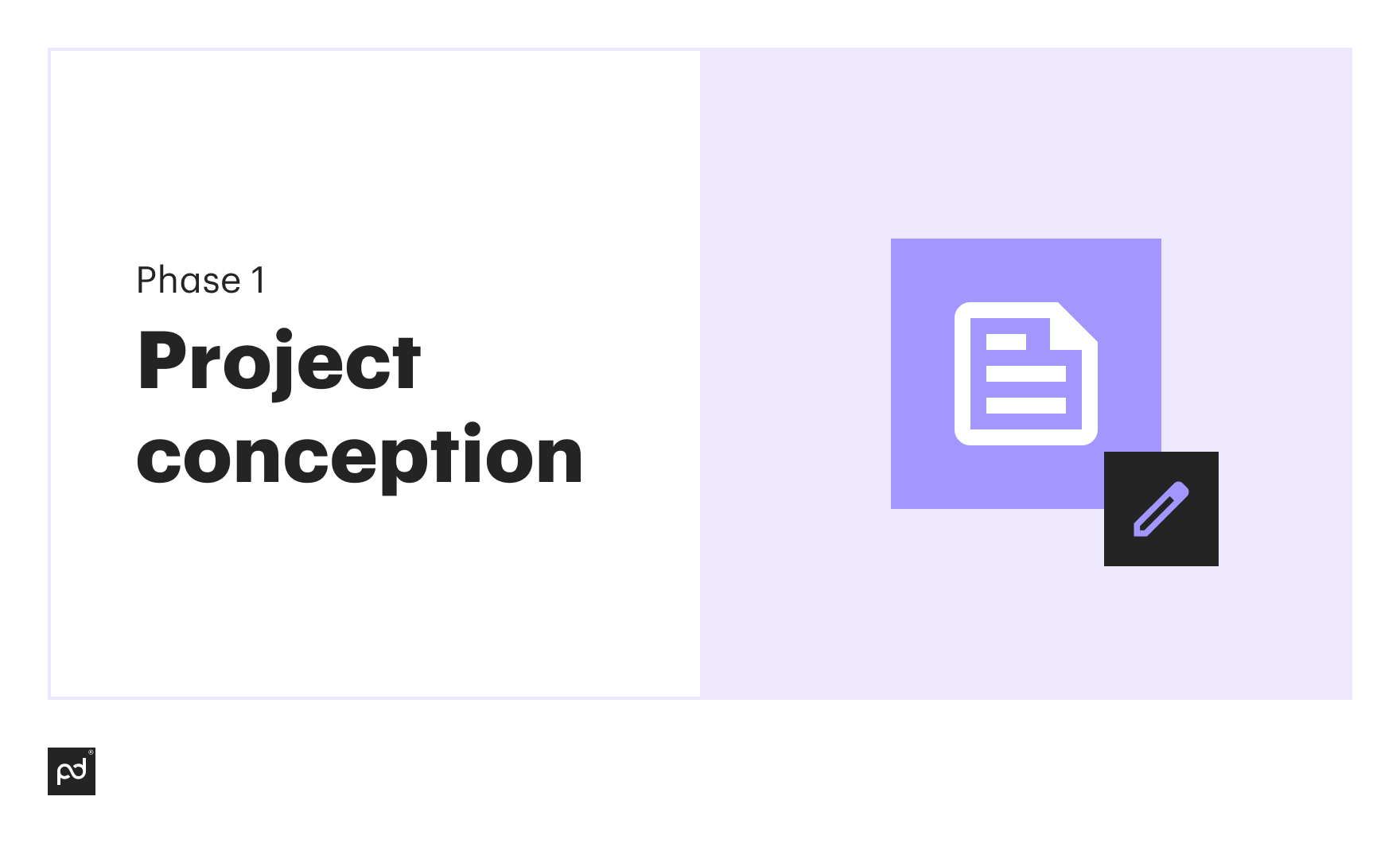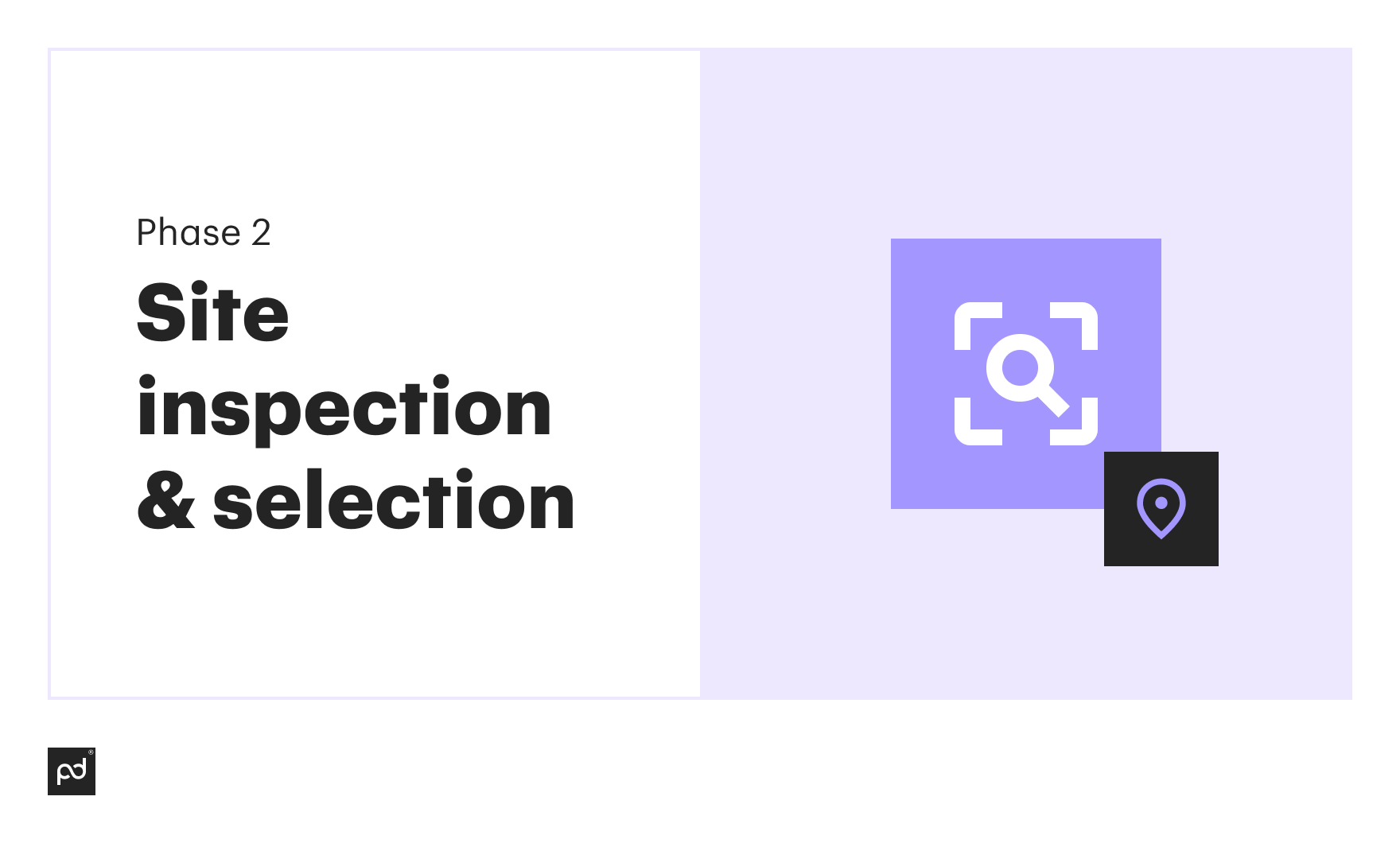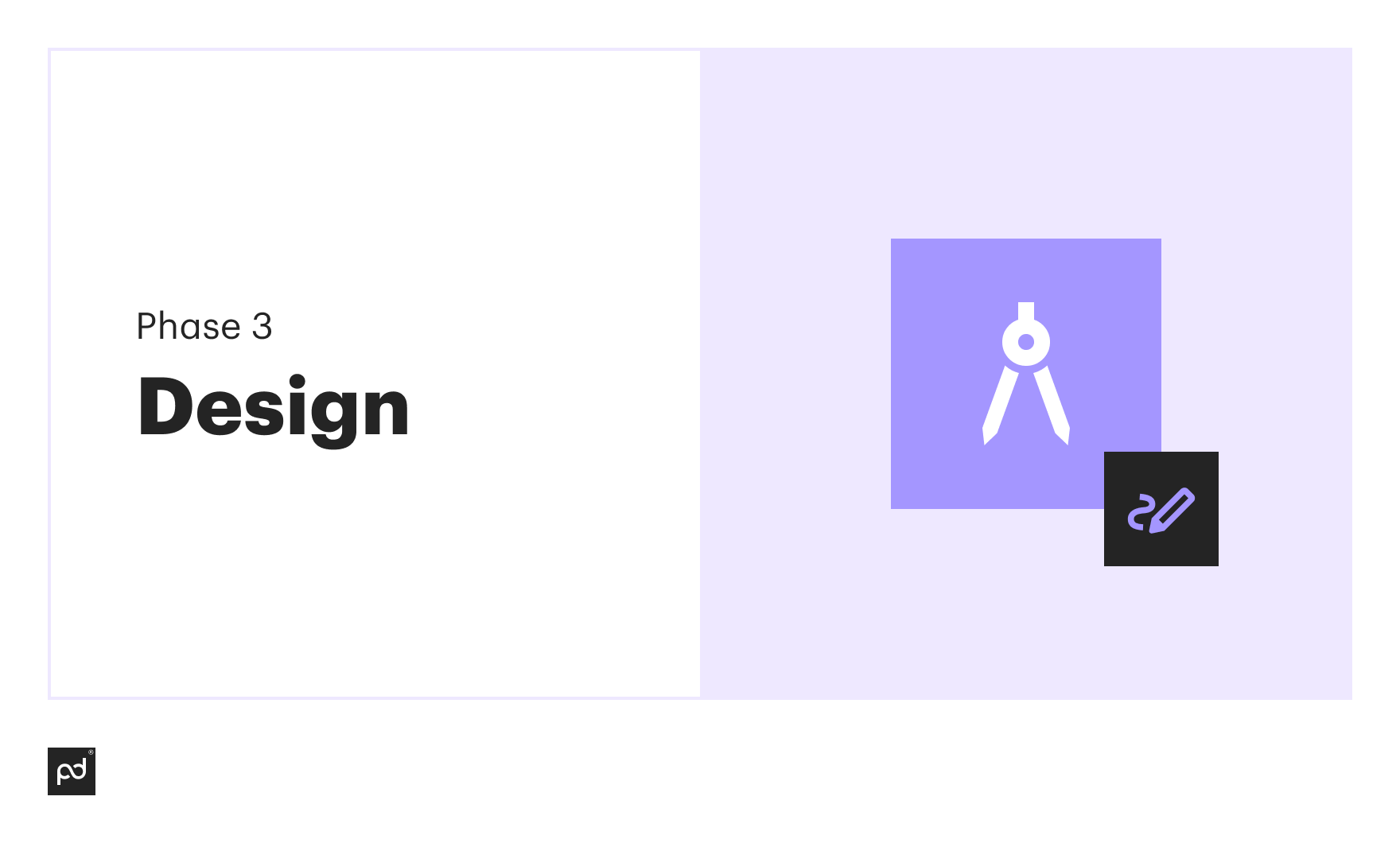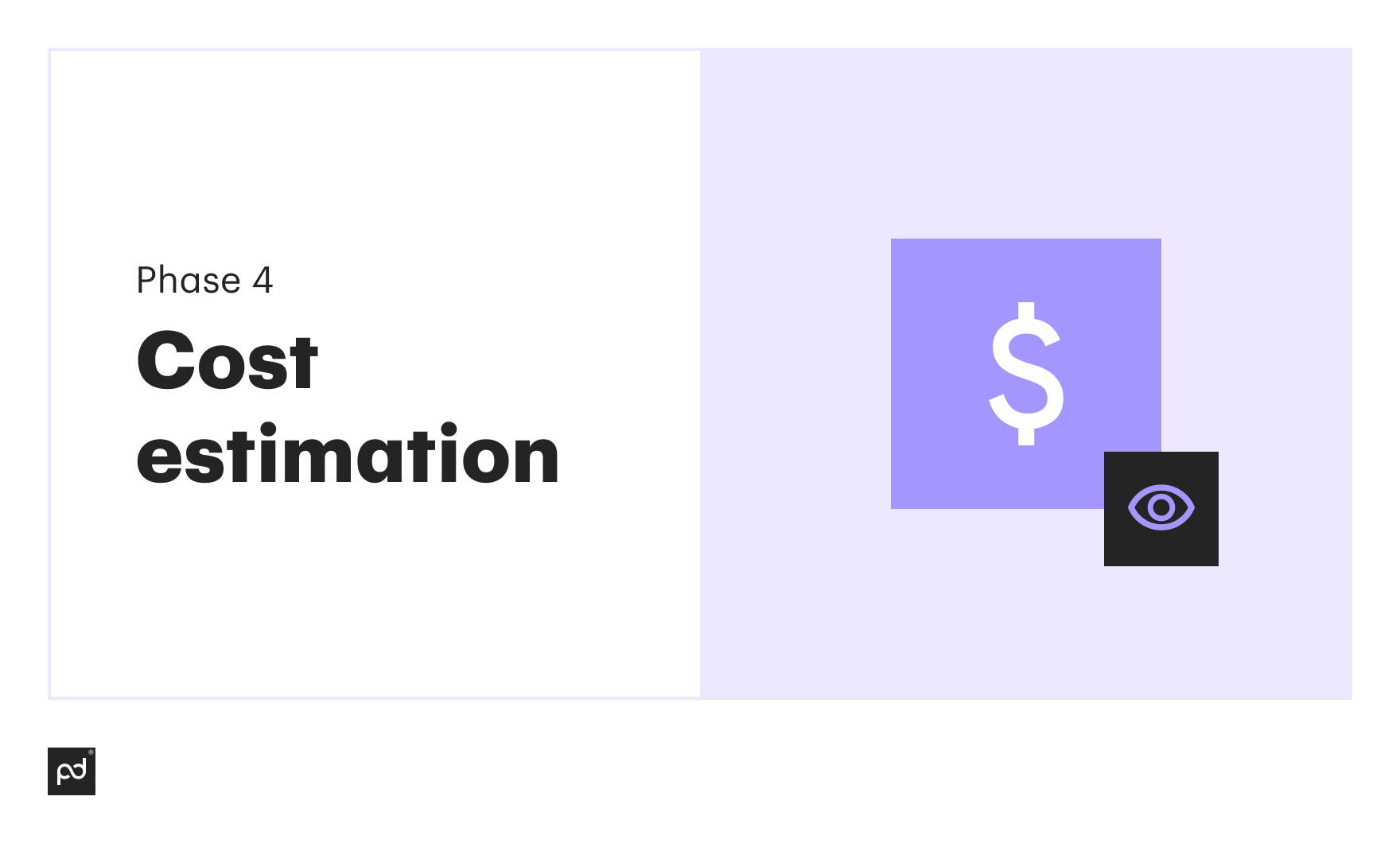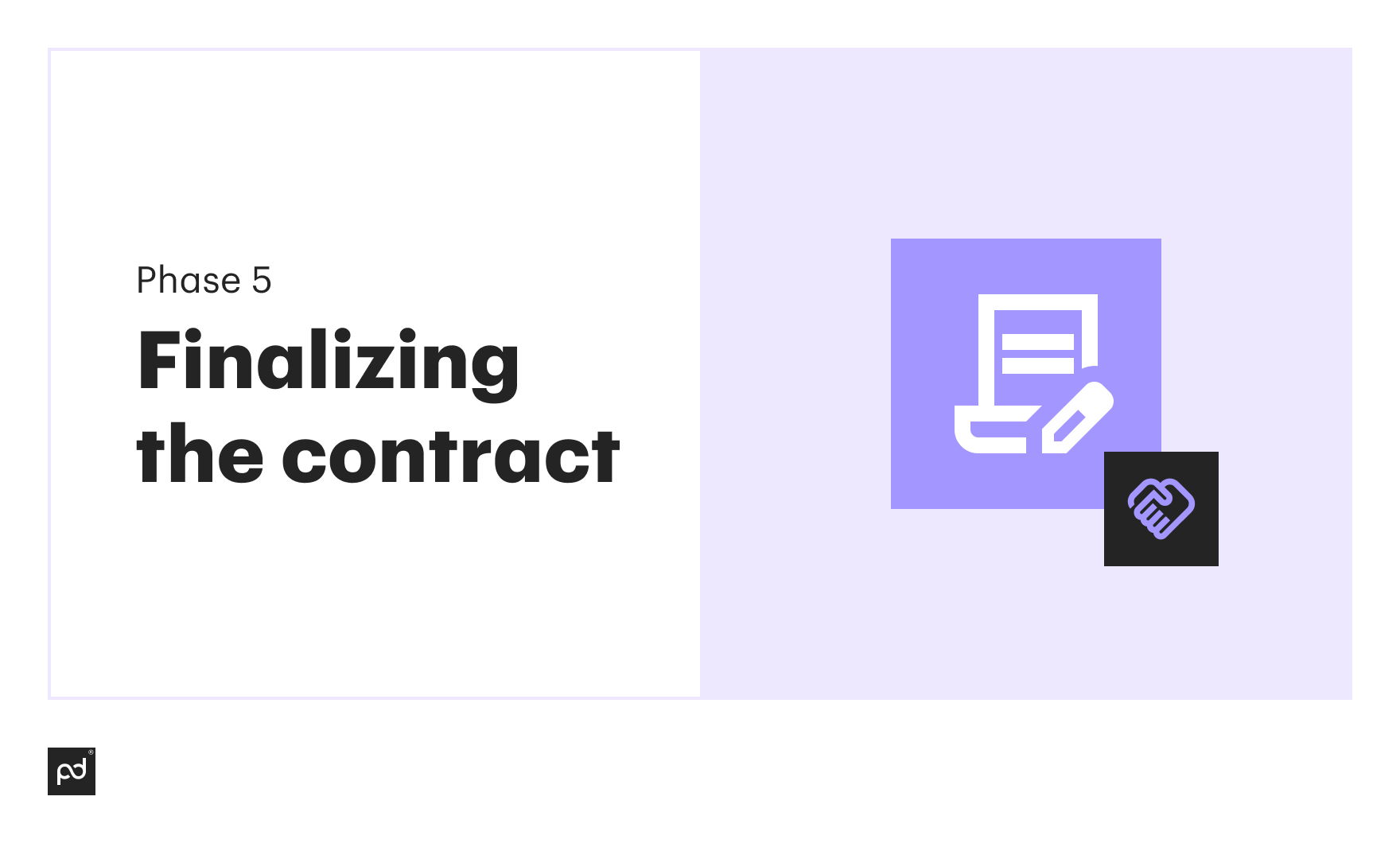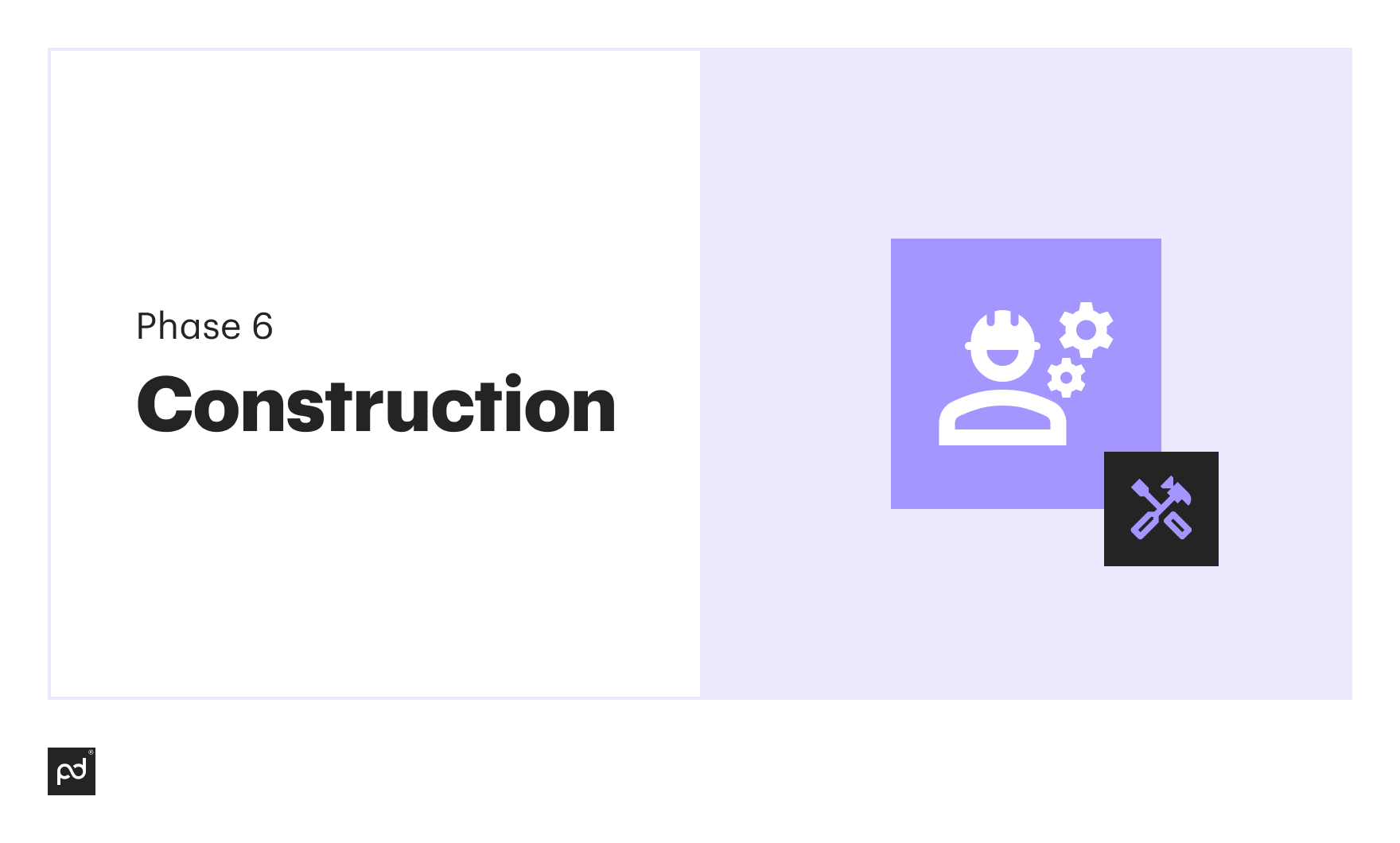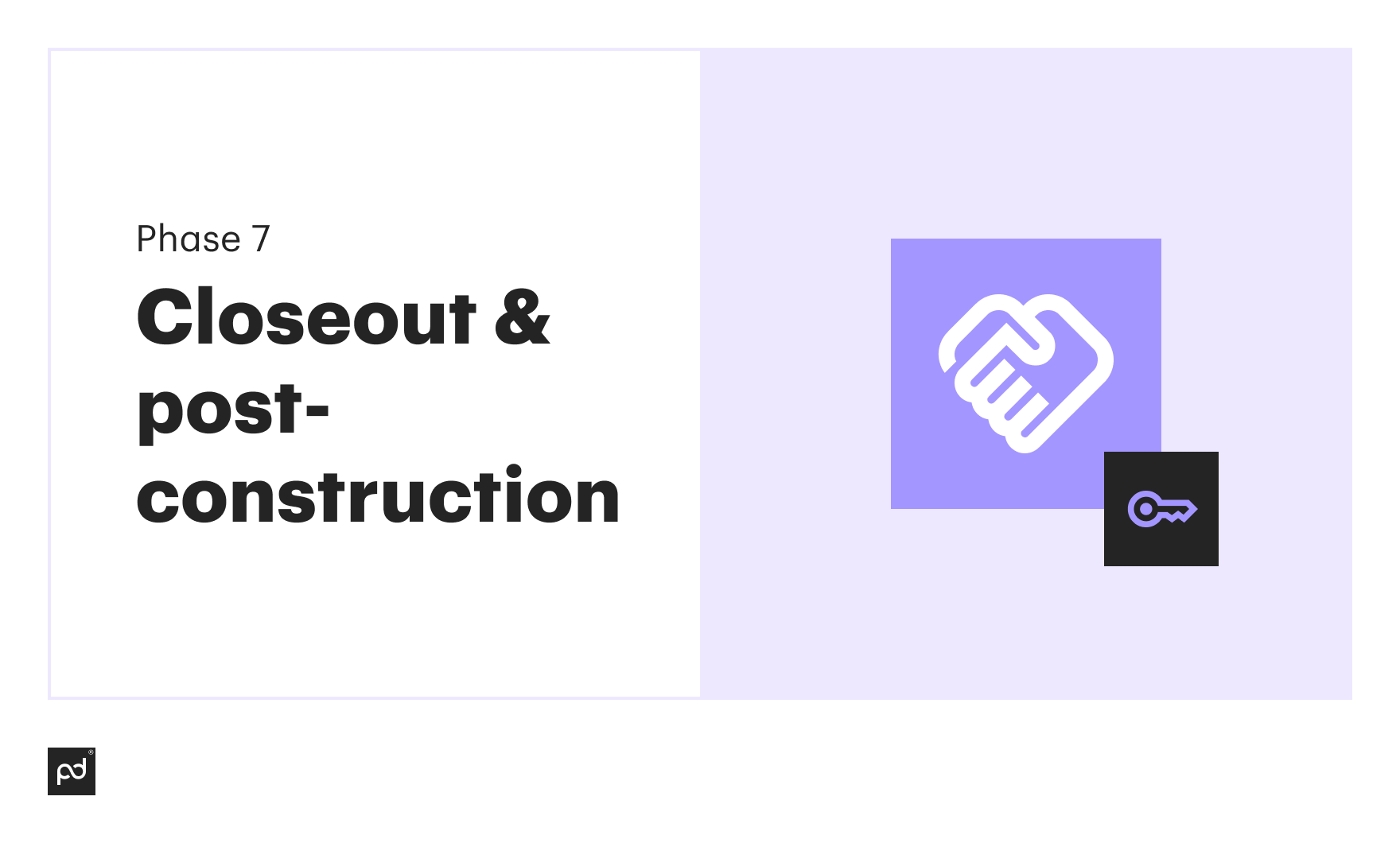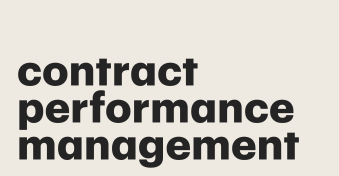Any agreement that covers both the design and building phases of construction work is a design and build contract.
It puts the entire project’s planning and execution in the hands of one company instead of a separate entity for design (an architect or engineer) and another for construction.
In this article, we’ll explain everything you need to know about a design-and-build contract. You’ll see why it may very well be the right choice for your project.
Key takeaways
- A design and build contract is intentionally structured so that a single firm takes charge of both the design and construction phases.
- Contractors and owners can use the design-build project delivery method for public infrastructure projects, commercial building jobs, and residential construction work.
- For an owner looking to simplify things by handing over the reins of an entire construction project to only one contractor, the design-build approach is the best option.
What is a design and build contract?
As the name implies, a design and build (or design-build) contract involves handing over the design and construction of a public property or private piece of real-estate to the same firm.
Under this unique agreement, the design-build team provides architectural services and appoints a general contractor to implement the design on the building site.
This means the owner has only a single point of contact instead of going back and forth between architects and builders.
Contractors in Massachusetts, for example, can bid for a design-build contract in a public forum either as a single firm or a joint venture.
The Office of the Inspector General will then review the bids and approve them.
Design-build contracts are applicable to the following construction projects:
- Infrastructure (bridges, roads, railways, dams)
- Government buildings (courts, city hall, prisons)
- Warehouses, factories, and manufacturing facilities
- Military contracts (bases, radar stations, training facilities)
- Commercial buildings (banks, office parks, shopping malls)
- Healthcare facilities (hospitals, pharmacies, wellness centers)
- Energy projects (power stations, communication towers, dams)
- Residential buildings (single homes, housing developments, or any real estate where people live)
- Sports facilities (stadiums, gyms, public swimming pools, amphitheaters)
Note: The design-build delivery method is different from the design-bid-build option.
In design-build construction, procurement comes before design, and one entity is responsible for both jobs — designing and building the project.
Conversely, under the design-bid-build model, the owner first commissions a design by one entity, an architect, and then reviews bids to get the job built by a second vendor, a builder.
Once the selection process is complete (a bid is chosen), then construction work can begin.
What should a design-build contract contain?
As a standard construction contract, the design-build contract should contain boilerplate provisions such as scope of work, stop-work/stop-payment, and force majeure.
Depending on your understanding with the project owner, you can add other clauses, such as those regarding intellectual property, confidentiality, arbitration, jurisdiction, termination, and more.
Here are the documents to append to the contract.
- Drawings, blueprints, and 3D designs
- Certification, permits, and licenses
- Warranty and insurance
- Specifications
- Bill of quantities
- Safety reports
- Form of tender
Before finalizing the contract, consult a construction attorney to make sure you have the correct documents.
For instance, all architects in the construction industry must submit drawings and billing documents certified by the American Institute of Architects (AIA).
6 main phases of the design-build delivery process
Any construction work must go through multiple phases to ensure everything is in order.
1. Project conception
This is the stage where the owner comes up with the idea and presents it to the design-build company.
It could be as simple as, “I’m looking to develop this plot of land downtown into a residential high-rise, a condominium project with 100 units.”
For public projects, this is usually a policy decision approved by several agencies. For non-public works, the owner can come up with the project’s concept on their own.
In some cases, the design-builder comes in during the early stages to provide their expertise during the project’s conception.
2. Site inspection and selection
For projects with a pre-approved site, the construction company will send engineers and surveyors to inspect it.
Some questions to ask include:
- Can the soil handle heavy machinery?
- Are there sewage pipes running underneath the site?
- How deep should the foundation be for the soil profile?
- Can the site’s topography support the tonnage from the project?
- Is the storage space for hazardous waste close to a water supply?
Answering these types of questions is a must. It helps engineers and architects understand how to address design and construction problems in order to stay in compliance with structural integrity, safety protocols and the inspectors who sign off on stages of the project.
If these issues pose an existential threat to the planned project, the surveyors could propose a different site — or add significant change orders to the material requirements.
Ignoring questions will lead to situations like Manhattan’s “Leaning Tower of FiDi” — a monument to soulless construction companies that value profit over due process.
3. Design
The design phase is when you get the drawings and designs ready.
With the information gathered about site topography, logistics, and project expectations, architects can now start working on a design.
Under the design-build model, the company brings engineers, builders, and designers together to work on drawings.
This streamlines the design-build process and helps all involved stakeholders to iron out any rifts or differences before the project gets going.
Note: Licensed architects are not required to be AIA members, but AIA affiliation can add credibility when selecting a designer for your project.
4. Cost estimation
This is where the quantity surveyor comes in. They’ll analyze all the information from site inspection reports and building designs to estimate the cost of material and labor.
Quantity surveyors also estimate project timelines. They work with the owner to finalize the costs in accordance with contractual provisions and local legislation.
For small projects, the design-build contractor does the quantity survey estimates.
5. Finalizing the contract
With the project scope completed, the designs agreed upon, and the costs estimated, it is time to finalize the contract.
During negotiations, the owner and the design-build firm will try to find a favorable position for themselves.
This might mean reducing the number of subcontractors or opting for less expensive materials if not compromising on quality.
The important thing is to reach common ground.
Once all parties reach a consensus, they can now draft everything into a single contract and get to work.
6. Construction
Everything before this phase falls under the pre-construction stage.
Construction starts on the contract’s stipulated start date.
The owner might appoint a site supervisor to oversee the project from start to finish.
Unfortunately, construction teams will sometimes butt heads with the site supervisor or construction manager. That’s why you need to establish a dispute resolution mechanism carved into the original contract.
Apart from site supervisors, government inspectors will pop in unannounced to check compliance with site safety guidelines.
So, the site administrator should keep everyone in check to avoid cost overruns. For example:
- Are they wearing protective coverings?
- Are those on roofs or scaffolding wearing their harnesses?
- Are hazard and safety signs in the right places?
- Are waste disposal mechanisms up to OSHA standards?
In cases of force majeure — a man-made or natural event — the site administrator, with the owner’s approval, will figure out a way to rearrange the project schedule to meet deadlines.
Supervisors and administrators are also responsible for accounting for fatalities, injuries, equipment malfunction, and cost disbursement to laborers and subcontractors.
Once the owner gives the nod of approval that the project milestones align with the initial design, then the construction stage comes to an end.
7. Closeout and post-construction
After construction, the company has to clean out the site and dispose of all toxic waste unless the contract states otherwise.
With the site clean and fit for use, they can now hand over the literal and figurative keys to the owner.
Here is a simplified checklist (punch list) of boxes to tick as you sign off:
- Architects sign a completion form.
- The owner confirms payment completion.
- The contractor schedules annual or seasonal inspections with appropriate technicians.
- The local government issues a certificate of occupancy (for residential projects).
- The contractor hands over key documents such as blueprints and operation manuals to the owner.
Job done.
Is a design and build contract right for you?
The design-build delivery model is estimated to grow 22.5% from 2022 to 2026, which suggests that owners will opt for this model more than ever.
And here is why.
Handing over design and construction to the same company streamlines collaboration and communication.
Since both teams have the same in-house culture, they’ll resolve disputes internally and devise a cooperation model that delivers the best possible results.
This type of contract will save you time and guarantee the achievement of project goals on schedule, barring an act of God or a major catastrophe.
For example, construction company PJ Callaghan used PandaDoc templates to triple the number of proposals.
On the other hand, the design-build contract might not be the best fit because it hands over the project to one construction company.
This gives you, the owner, less control over the design-build project delivery system.
An example of what you don’t want: if the construction company in charge turns out to be Evergrande, the construction work will stay in limbo indefinitely.
Customize design-build contracts with PandaDoc
The design-build method is best suited for construction companies with established design and building departments.
These companies simplify the construction process because they have a culture of interdepartmental cooperation on design-build projects, both large and small.
Owners and design-build firms can even further boost the delivery speed by using a contract management solution for handling and drafting design-build agreements.
Instead of drafting separate contracts, you can use only one agreement to merge design services with construction services under a single entity.
PandaDoc has design-and-build templates that construction contractors can use to speed up the project delivery process.
To discover more exciting construction documentation features available on PandaDoc, contact us right away.
Disclaimer
PandaDoc is not a law firm, or a substitute for an attorney or law firm. This page is not intended to and does not provide legal advice. Should you have legal questions on the validity of e-signatures or digital signatures and the enforceability thereof, please consult with an attorney or law firm. Use of PandaDoc services are governed by our Terms of Use and Privacy Policy.
